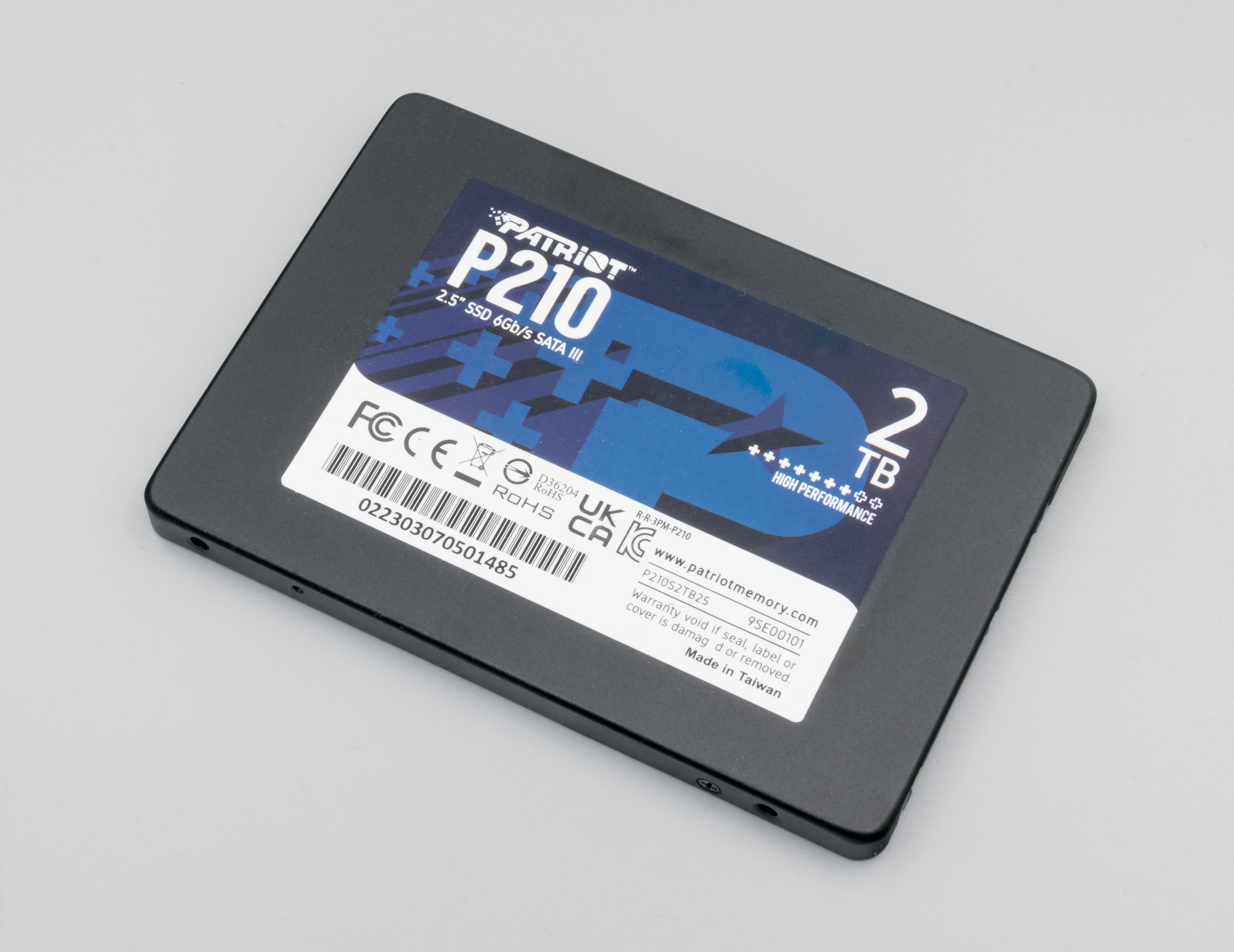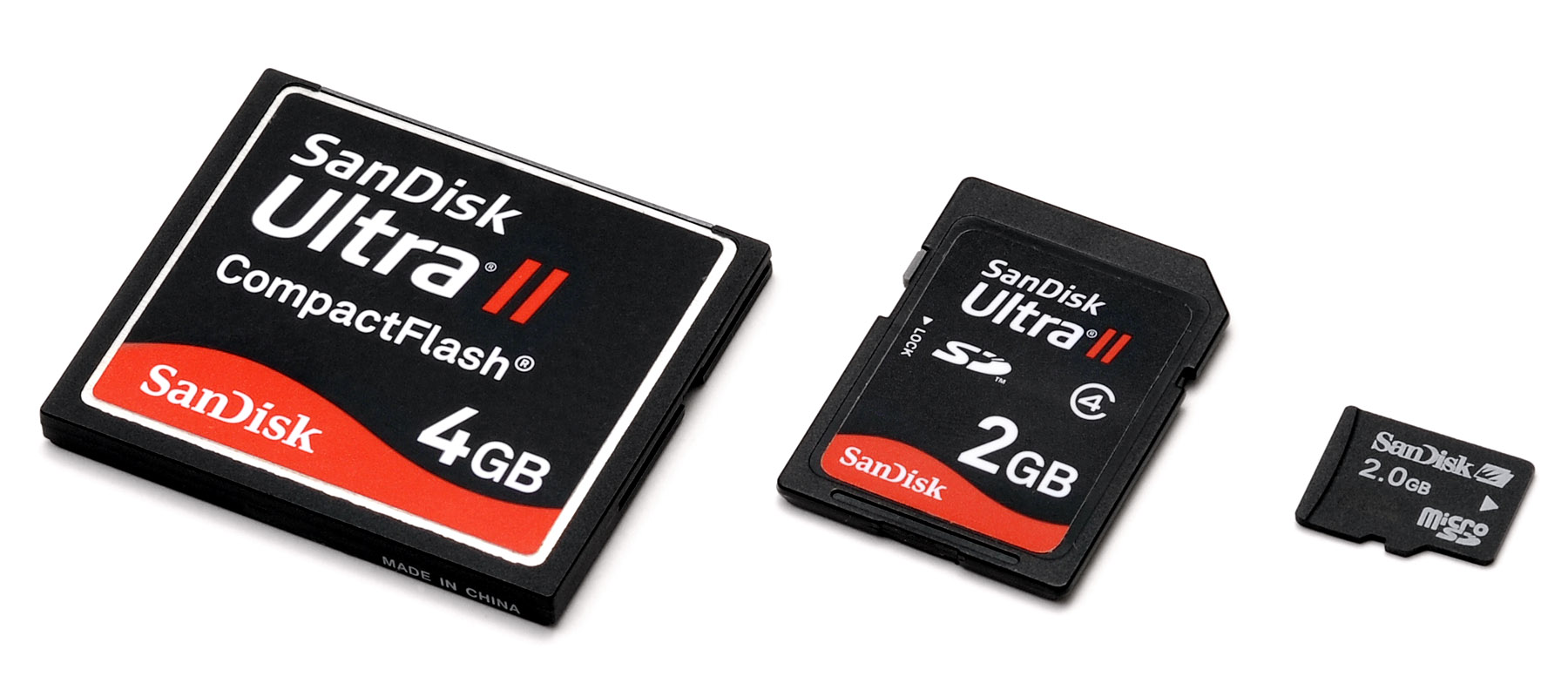|
Mini-DV
DV (from ''Digital Video'') is a family of codecs and tape formats used for storing digital video, launched in 1995 by a consortium of video camera manufacturers led by Sony and Panasonic. It includes the recording or cassette formats DV, MiniDV, HDV, DVCAM, DVCPro, DVCPro50, DVCProHD, Digital8, and Digital-S. DV has been used primarily for video recording with camcorders in the amateur and professional sectors. DV was designed to be a standard for home video using digital data instead of analog. Compared to the analog Video8/Hi8, VHS-C and VHS formats, DV features a higher video resolution (on par with professional-grade Digital Betacam); it records uncompressed 16-bit PCM audio like CD. The most popular tape format using a DV codec was MiniDV; these cassettes measured just 6.35 mm/¼ inch, making it ideal for video cameras and rendering older analog formats obsolete. In the late 1990s and early 2000s, DV was strongly associated with the transition from analog to digital desk ... [...More Info...] [...Related Items...] OR: [Wikipedia] [Google] [Baidu] |
DV Logo
DV may refer to: In arts and media * ''D.V.'', a 1984 autobiography of fashion icon Diana Vreeland * ''DV'' (newspaper), an Icelandic newspaper, formerly * ''DV'', or , a Catalan newspaper * ''DV'' (Digital Video magazine), from NewBay Media In law and government * Diversity Immigrant Visa, US lottery program * Domestic violence In science and technology * DV (video format), digital video format * Delta-v, change in velocity * Dietary Reference Intake or Daily Value, in nutrition * DESQview, a DOS multitasking environment * Distance vector, in network routing * Distant vision, in eyeglass prescriptions * Dolby Vision Other uses * DV is 505 in Roman numerals * , a document by the Second Vatican Council * , Latin for 'God willing' * Maldivian language, and dialects Dhivehi and Mahl (ISO 639-1 alpha-2 code DV) * Albatros D.V, a German World War I fighter plane * SCAT Airlines, by IATA airline code * Dhruv Vikram, Indian actor, singer and lyricist See also * * D5 (disa ... [...More Info...] [...Related Items...] OR: [Wikipedia] [Google] [Baidu] |
Pulse-code Modulation
Pulse-code modulation (PCM) is a method used to digitally represent analog signals. It is the standard form of digital audio in computers, compact discs, digital telephony and other digital audio applications. In a PCM stream, the amplitude of the analog signal is sampled at uniform intervals, and each sample is quantized to the nearest value within a range of digital steps. Alec Reeves, Claude Shannon, Barney Oliver and John R. Pierce are credited with its invention. Linear pulse-code modulation (LPCM) is a specific type of PCM in which the quantization levels are linearly uniform. This is in contrast to PCM encodings in which quantization levels vary as a function of amplitude (as with the A-law algorithm or the μ-law algorithm). Though ''PCM'' is a more general term, it is often used to describe data encoded as LPCM. A PCM stream has two basic properties that determine the stream's fidelity to the original analog signal: the sampling rate, which is the number of ... [...More Info...] [...Related Items...] OR: [Wikipedia] [Google] [Baidu] |
Interoperability
Interoperability is a characteristic of a product or system to work with other products or systems. While the term was initially defined for information technology or systems engineering services to allow for information exchange, a broader definition takes into account social, political, and organizational factors that impact system-to-system performance. Types of interoperability include syntactic interoperability, where two systems can communicate with each other, and cross-domain interoperability, where multiple organizations work together and exchange information. Types If two or more systems use common data formats and communication protocols then they are capable of communicating with each other and they exhibit ''syntactic interoperability''. XML and SQL are examples of common data formats and protocols. Low-level data formats also contribute to syntactic interoperability, ensuring that alphabetical characters are stored in the same ASCII or a Unicode format in all ... [...More Info...] [...Related Items...] OR: [Wikipedia] [Google] [Baidu] |
Progressive Scan
Progressive scanning (alternatively referred to as noninterlaced scanning) is a format of displaying, storing, or transmitting moving images in which all the lines of each frame are drawn in sequence. This is in contrast to interlaced video used in traditional analog television systems where only the odd lines, then the even lines of each frame (each image called a video field) are drawn alternately, so that only half the number of actual image frames are used to produce video. The system was originally known as "sequential scanning" when it was used in the Baird 240 line television transmissions from Alexandra Palace, United Kingdom in 1936. It was also used in Baird's experimental transmissions using 30 lines in the 1920s.Burns, R.W. ''John Logie Baird, Television Pioneer'', Herts: The Institution of Electrical Engineers, 2000. 316. Progressive scanning became universally used in computer screens beginning in the early 21st century. Interline twitter This rough animatio ... [...More Info...] [...Related Items...] OR: [Wikipedia] [Google] [Baidu] |
Interlaced
Interlaced video (also known as interlaced scan) is a technique for doubling the perceived frame rate of a video display without consuming extra bandwidth. The interlaced signal contains two fields of a video frame captured consecutively. This enhances motion perception to the viewer, and reduces flicker by taking advantage of the characteristics of the human visual system. This effectively doubles the time resolution (also called '' temporal resolution'') as compared to non-interlaced footage (for frame rates equal to field rates). Interlaced signals require a display that is natively capable of showing the individual fields in a sequential order. CRT displays and ALiS plasma displays are made for displaying interlaced signals. Interlaced scan refers to one of two common methods for "painting" a video image on an electronic display screen (the other being progressive scan) by scanning or displaying each line or row of pixels. This technique uses two fields to create a ... [...More Info...] [...Related Items...] OR: [Wikipedia] [Google] [Baidu] |
Image Resolution
Image resolution is the level of detail of an image. The term applies to digital images, film images, and other types of images. "Higher resolution" means more image detail. Image resolution can be measured in various ways. Resolution quantifies how close lines can be to each other and still be visibly ''resolved''. Resolution units can be tied to physical sizes (e.g. lines per mm, lines per inch), to the overall size of a picture (lines per picture height, also known simply as lines, TV lines, or TVL), or to angular subtense. Instead of single lines, line pairs are often used, composed of a dark line and an adjacent light line; for example, a resolution of 10 lines per millimeter means 5 dark lines alternating with 5 light lines, or 5 line pairs per millimeter (5 LP/mm). Photographic lens are most often quoted in line pairs per millimeter. Types The resolution of digital cameras can be described in many different ways. Pixel count The term ''resolution'' is often considered eq ... [...More Info...] [...Related Items...] OR: [Wikipedia] [Google] [Baidu] |
Bit Rate
In telecommunications and computing, bit rate (bitrate or as a variable ''R'') is the number of bits that are conveyed or processed per unit of time. The bit rate is expressed in the unit bit per second (symbol: bit/s), often in conjunction with an SI prefix such as kilo (1 kbit/s = 1,000 bit/s), mega (1 Mbit/s = 1,000 kbit/s), giga (1 Gbit/s = 1,000 Mbit/s) or tera (1 Tbit/s = 1,000 Gbit/s). The non-standard abbreviation bps is often used to replace the standard symbol bit/s, so that, for example, 1 Mbps is used to mean one million bits per second. In most computing and digital communication environments, one byte per second (symbol: B/s) corresponds roughly to 8 bit/s. However if stop bits, start bits, and parity bits need to be factored in, a higher number of bits per second will be required to achieve a throughput of the same number of bytes. Prefixes When quantifying large or small bit rates, SI ... [...More Info...] [...Related Items...] OR: [Wikipedia] [Google] [Baidu] |
Solid-state Drive
A solid-state drive (SSD) is a type of solid-state storage device that uses integrated circuits to store data persistently. It is sometimes called semiconductor storage device, solid-state device, or solid-state disk. SSDs rely on non-volatile memory, typically NAND flash, to store data in memory cells. The performance and endurance of SSDs vary depending on the number of bits stored per cell, ranging from high-performing single-level cells (SLC) to more affordable but slower quad-level cells (QLC). In addition to flash-based SSDs, other technologies such as 3D XPoint offer faster speeds and higher endurance through different data storage mechanisms. Unlike traditional hard disk drives (HDDs), SSDs have no moving parts, allowing them to deliver faster data access speeds, reduced latency, increased resistance to physical shock, lower power consumption, and silent operation. Often interfaced to a system in the same way as HDDs, SSDs are used in a variety of devices, ... [...More Info...] [...Related Items...] OR: [Wikipedia] [Google] [Baidu] |
Memory Card
A memory card is an electronic data storage device used for storing digital information, typically using flash memory. These are commonly used in digital portable electronic devices, such as digital cameras as well as in many early games consoles such as the Neo Geo. They allow adding memory to such devices using a card in a socket instead of protruding USB flash drives. Common types of flash memory card include SD cards (including microSD), Sony's Memory Stick and CompactFlash. , SD cards are the most common type of memory cards. History The basis for memory card technology is flash memory. It was invented by Fujio Masuoka at Toshiba in 1980 and commercialized by Toshiba in 1987. The development of memory cards was driven in the 1980s by the need for an alternative to floppy disk drives that had lower power consumption, had less weight and occupied less volume in laptops. Some were also marketed as a lower cost alternative to ROM cartridges. Several competing and inc ... [...More Info...] [...Related Items...] OR: [Wikipedia] [Google] [Baidu] |
High-definition Video
High-definition video (HD video) is video of higher resolution and quality than standard-definition. While there is no standardized meaning for ''high-definition'', generally any video image with considerably more than 480 vertical scan lines (North America) or 576 vertical lines (Europe) is considered high-definition. 480 scan lines is generally the minimum even though the majority of systems greatly exceed that. Images of standard resolution captured at rates faster than normal (60 frames/second North America, 50 fps Europe), by a high-speed camera may be considered high-definition in some contexts. Some television series shot on high-definition video are made to look as if they have been shot on film, a technique which is often known as filmizing. History The first electronic scanning format, 405 lines, was the first ''high definition'' television system, since the mechanical systems it replaced had far fewer. From 1939, Europe and the US tried 605 and 441 lines until, i ... [...More Info...] [...Related Items...] OR: [Wikipedia] [Google] [Baidu] |
Sony DCR-VX1000
The Sony DCR-VX1000 was a DV (video format), DV camcorder released by Sony in 1995. It was the first to use both the DV (video format)#Magnetic tape, MiniDV tape format and three-CCD color processing technology—boasting twice the horizontal resolution of VHS and triple the color bandwidth of single-CCD cameras. It was also the first consumer camcorder with the ability to transfer video information via IEEE 1394, Firewire to an ordinary Microsoft Windows, Windows or Macintosh computer. Together with the rival List of Canon camcorders, Canon XL1 and shorter-lived "budget" three-CCD DV models like the List of Canon camcorders, Canon GL1 and Sony DCR-TRV900, the VX1000 revolutionized desktop video production in the late 1990s, delivering quality comparable to then-dominant analog Betacam hardware at a fraction of the cost. The VX1000 was based on Sony's earlier VX1 (PAL) and Sony_CCD-VX3, VX3 (NTSC) Hi8 camcorders, which were similarly intended as "wikt:prosumer#Etymology_2, pro ... [...More Info...] [...Related Items...] OR: [Wikipedia] [Google] [Baidu] |
Prosumer
A prosumer is an individual who both consumes and produces. The term is a portmanteau of the words '' producer'' and ''consumer''. Research has identified six types of prosumers: DIY prosumers, self-service prosumers, customizing prosumers, collaborative prosumers, monetised prosumers, and economic prosumers. The terms ''prosumer'' and ''prosumption'' were coined in 1980 by Alvin Toffler, an American futurist, and were widely used by many technology writers of the time. Technological breakthroughs and a rise in user participation blurs the line between production and consumption activities, with the consumer becoming a prosumer. Definitions and contexts Prosumers have been defined as "individuals who consume and produce value, either for self-consumption or consumption by others, and can receive implicit or explicit incentives from organizations involved in the exchange." The term has since come to refer to a person using commons-based peer production. In the digital and ... [...More Info...] [...Related Items...] OR: [Wikipedia] [Google] [Baidu] |





